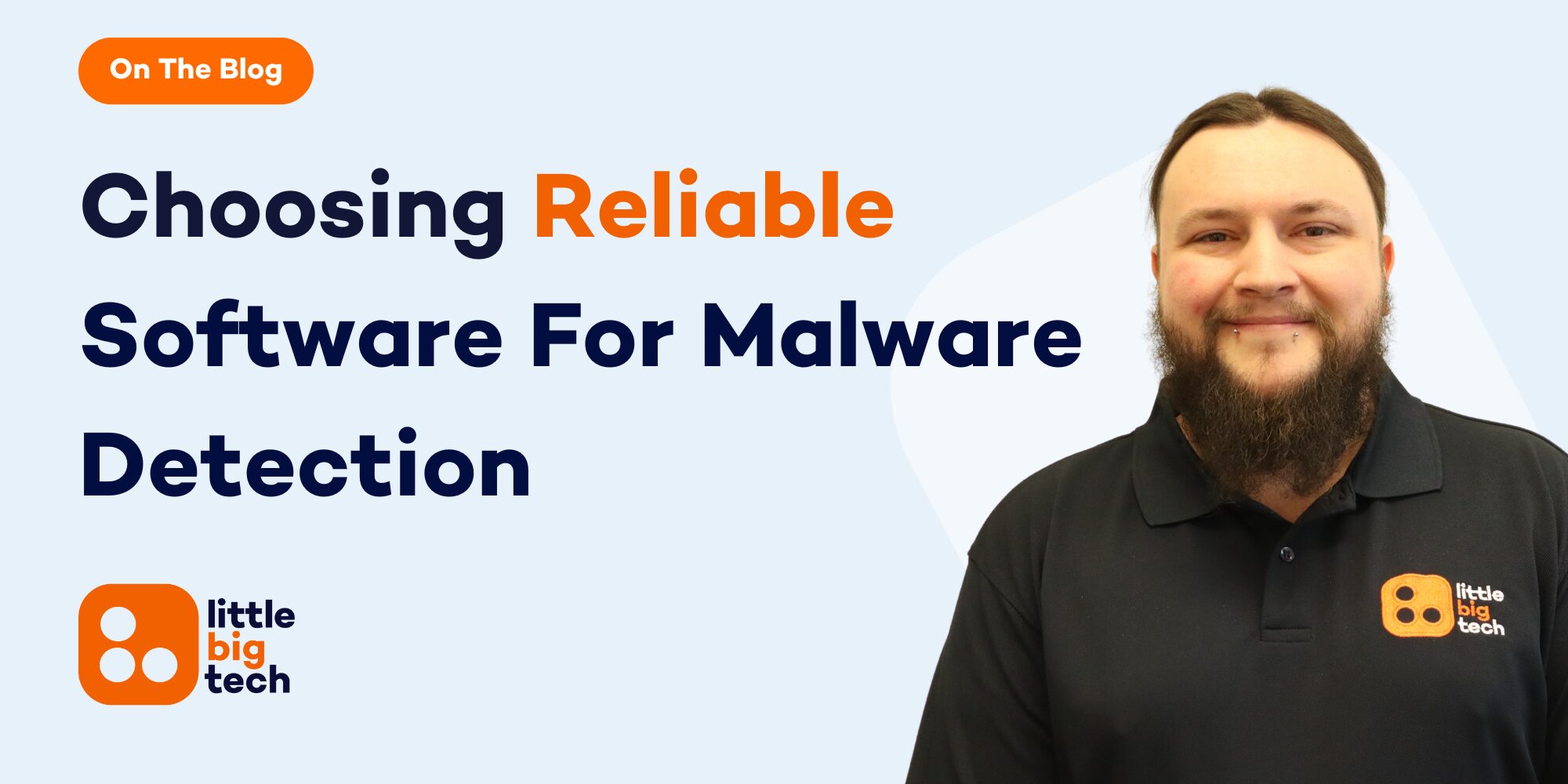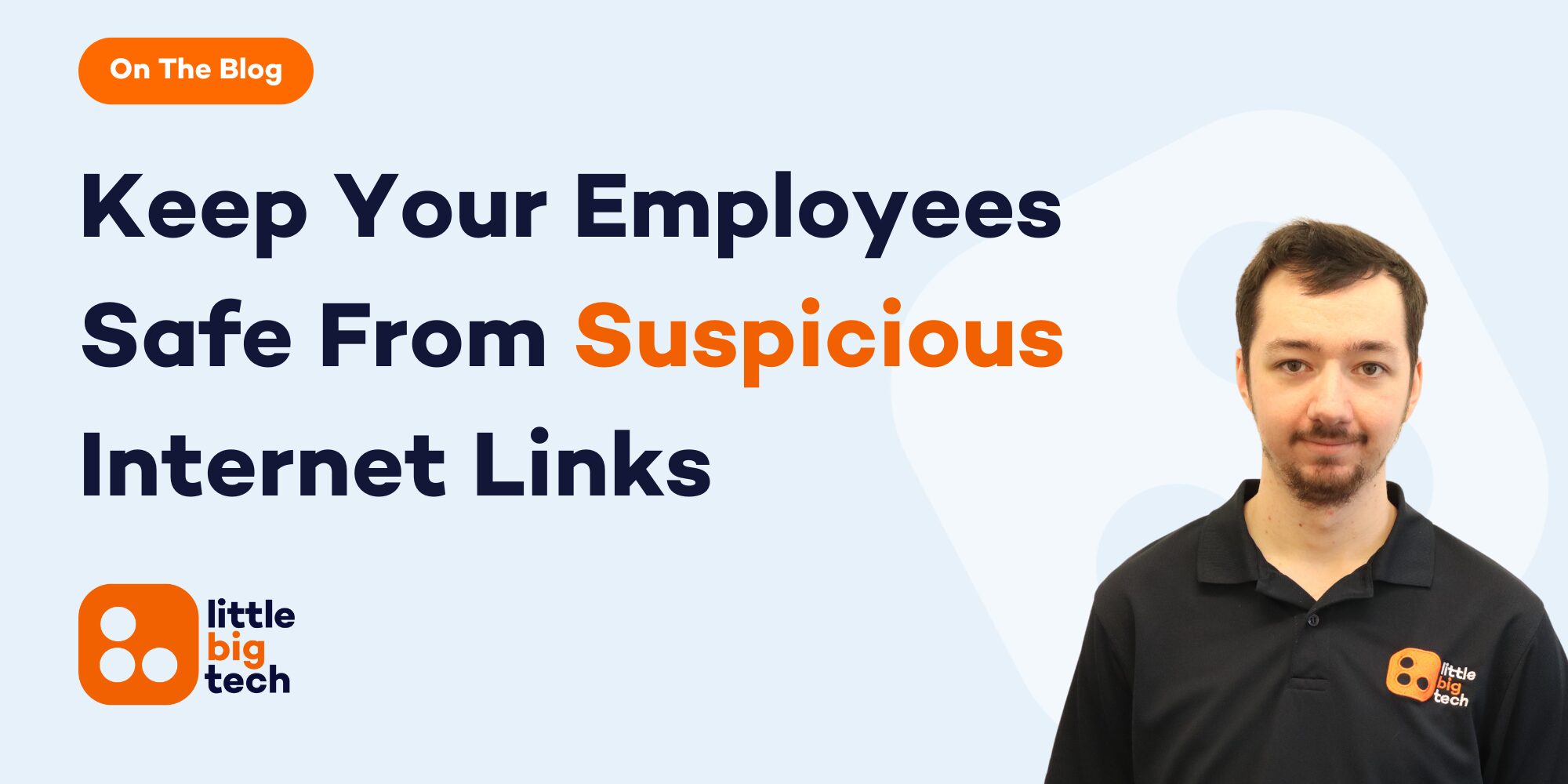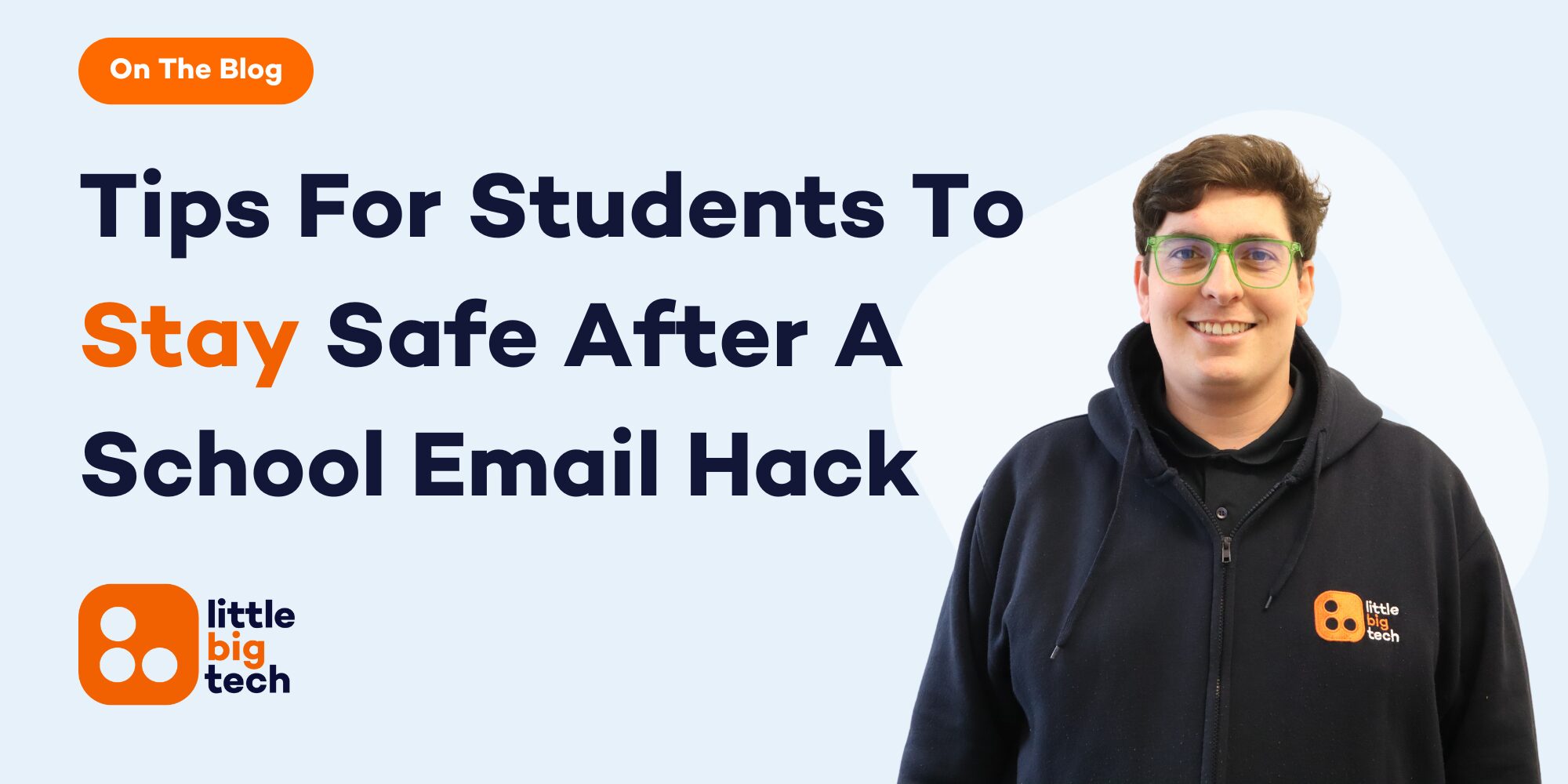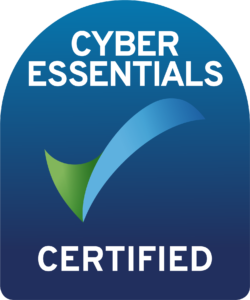Why Software For Detection Of Malware Is No Longer Optional
Software for malware detection is no longer a luxury, it’s a critical business tool. As UK SMEs face more targeted attacks, relying on basic antivirus software is simply not enough. Malware is more advanced, harder to detect, and far more damaging than it used to be.
From keyloggers and spyware to ransomware and remote access trojans, the threats have evolved. But what hasn’t changed is how these threats often go undetected sitting quietly on a company laptop or server, waiting to exfiltrate data or lock down systems.
Modern malware doesn’t announce itself with flashing red lights. It hides in normal processes, mimics trusted applications, and spreads silently across devices. Without the right detection software, you won’t know it’s there until data is gone or systems are locked.
What your business needs is software that does more than scan, it must observe behaviour, adapt to new threats, and alert the right people in real time. Choosing the right solution comes down to understanding what features truly matter.
This article highlights the 7 most important features to look for in any software for detection of malware. These aren’t just technical specs, they’re practical requirements that help your team act early, stay compliant, and keep your business running.
Whether you’re buying for a 10-person office or a distributed team working remotely, these are the features that separate a useful tool from a dangerous false sense of security.
#1 Real-Time Threat Detection And Alerts
Speed is everything when it comes to stopping malware. The best software for malware detection must provide real-time alerts the moment a suspicious action occurs. Waiting for a daily scan or weekly report is no longer good enough.
Real-time detection means the software constantly monitors your devices, scanning running processes, network activity, and file behaviour. As soon as something out of the ordinary is spotted such as a file being encrypted without permission or a process attempting to escalate access rights, the system raises the alarm.
These alerts are essential because they allow immediate action. IT teams or service providers can isolate the device, investigate the event, and prevent the spread of malware across the network.
Effective real-time systems also reduce false positives by combining threat intelligence with behavioural analysis. That means you get alerts when it really matters, not just constant noise that gets ignored.
For SMEs, it’s particularly useful if alerts can be routed to both in-house users and external support teams. Integration with mobile notifications, email, or managed service platforms ensures someone always sees the issue in time.
Without real-time alerts, malware can sit undetected for days or weeks. The damage done in that time from data theft to financial fraud is often irreversible. That’s why this is the first and most essential feature to demand.
#2 Behaviour-Based Malware Recognition
Traditional antivirus systems rely on known malware signatures. But in a world of constantly evolving threats, signature-based tools can miss zero-day attacks and custom malware strains.
This is where behaviour-based detection becomes essential. Software for detection of malware should not just compare files to a list, it should monitor how software behaves.
Does a spreadsheet suddenly try to access system files? Is an email client downloading unauthorised scripts? These are the kinds of patterns that behaviour-based tools pick up, even if the exact malware has never been seen before.
This approach is vital for businesses that use a wide range of software or allow BYOD (bring your own device) access. It reduces reliance on updates and provides protection against threats that haven’t even been publicly disclosed.
Behaviour-based systems can also adapt to specific environments, learning what is “normal” for your business and flagging what isn’t. This personalisation makes them more accurate and more effective over time.
By detecting threats based on behaviour, rather than just name or origin, your business gets a proactive defence instead of a reactive one.

#3 Automated Updates And Threat Intelligence Feeds
Malware changes every day. Attackers constantly tweak code to bypass known defences. That’s why the software you choose must include automated updates and access to real-time threat intelligence feeds.
These updates do more than add new virus definitions. They inform the software about new attack vectors, suspicious file types, phishing campaigns, and vulnerabilities being actively exploited in the wild.
Threat intelligence comes from global networks of sensors and honeypots that feed anonymised data into your software, keeping it ahead of the curve.
Automated updates ensure you’re not relying on staff to run manual checks or IT teams to push patches one machine at a time. It all happens in the background and your protection stays current without disrupting the workflow.
If your malware detection software doesn’t update automatically, it quickly becomes obsolete. Outdated tools give you the illusion of safety, while modern threats walk right through the door.
This feature also reduces workload. It frees your internal teams from the admin side of security, allowing them to focus on actual response and strategy instead.
#4 Low Resource Usage For SME Devices
Many SMEs don’t have high-spec machines or dedicated IT hardware. That’s why it’s important to choose software that does its job without slowing everyone down.
Heavy, resource-hungry antivirus software can frustrate users, delay startup times, and interfere with everyday tasks. When detection tools eat up CPU and memory, people start turning them off and that’s exactly what malware wants.
Look for solutions designed with lightweight agents that run efficiently in the background. These tools should scan and monitor without interrupting other applications or draining battery life on laptops.
Low impact on performance is particularly important for hybrid workers using portable devices or teams working from home without constant IT support.
Efficient malware detection means staff can continue working without lag, freezes, or crashes — while staying protected the entire time.
#5 Cloud-Based Monitoring And Remote Access
With so many teams now working remotely, it’s essential that your software for detection of malware supports cloud-based control.
Cloud platforms allow your IT team or external provider to monitor multiple devices from a central dashboard. They can receive alerts, check scan results, push updates, and even isolate machines, all without needing physical access.
This is a huge time-saver for SMEs without on-site IT departments. It also ensures protection is applied consistently across the workforce, whether they’re in London, Leeds, or at a client’s site.
Cloud-based systems are scalable and secure. They reduce reliance on local storage, offer automatic backups of logs and reports, and can be accessed from anywhere, anytime.
For businesses with multiple offices or mobile sales teams, this is no longer optional, it’s the only practical way to manage device security in real time.
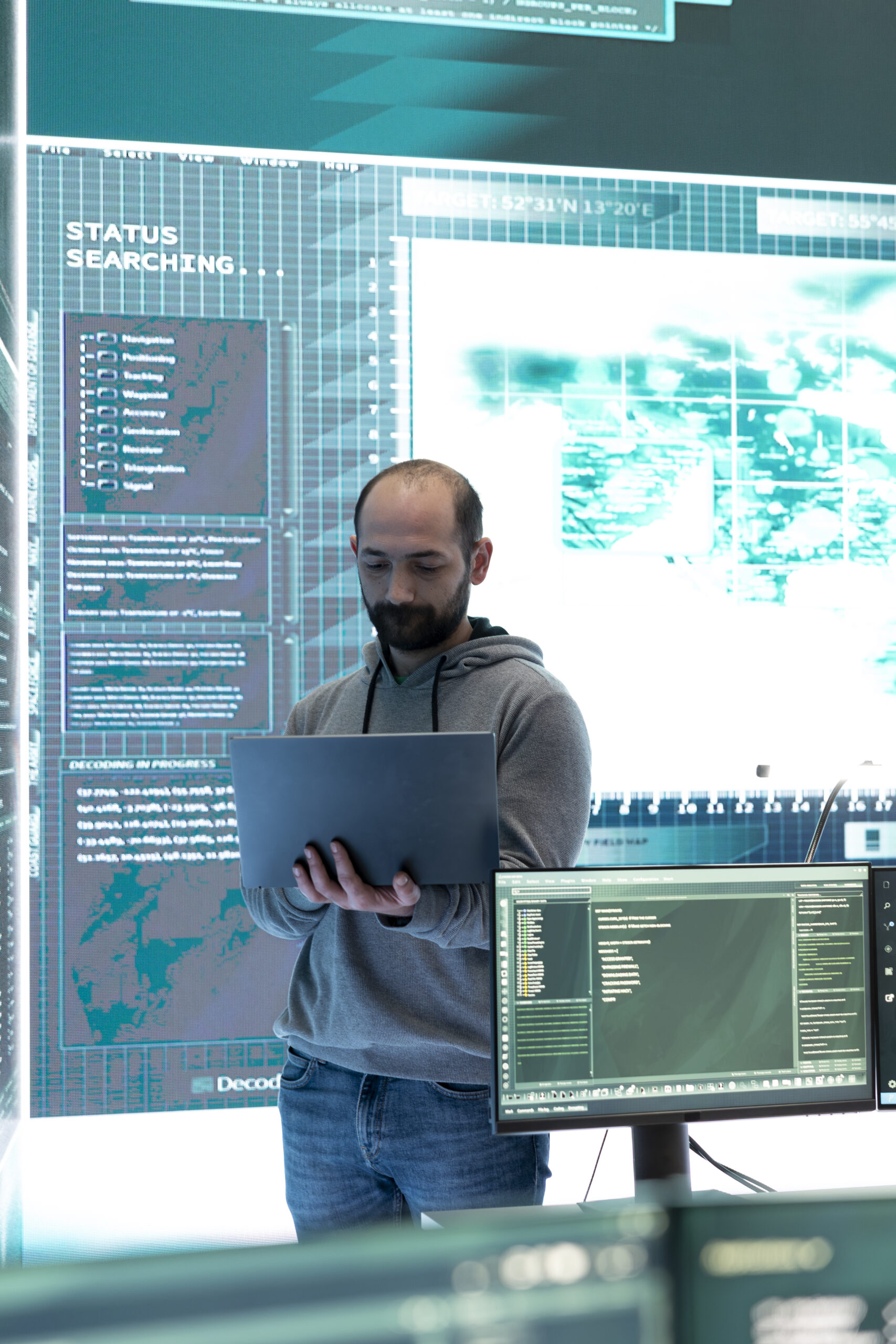
#6 Compatibility With Existing Business Tools
Your malware detection software must fit into the systems you already use. It should integrate easily with platforms like Microsoft 365, Google Workspace, Dropbox, or project management tools like Trello and Asana.
This integration allows it to scan email attachments, cloud drives, and collaborative workspaces without disrupting your team. It also helps it spot lateral threats that use shared platforms to spread.
Compatibility also means fewer IT headaches. Software that plugs into your current environment avoids conflicts, duplicate alerts, or errors. It allows your team to continue using tools they trust, with added protection layered over the top.
For example, if your email filtering is managed through Outlook, your malware software should be able to inspect attachments before they’re downloaded or flag links without blocking messages altogether.
The best software comes with APIs or simple integrations so you can manage everything through one console, rather than juggling multiple disconnected systems.
#7 Clear Reporting And User-Friendly Dashboards
One of the most underrated features is clear, accessible reporting. If your team doesn’t understand what the software is flagging, they won’t respond correctly or at all.
Good software for detection of malware should provide clean dashboards that highlight key information: recent threats, device health, risk scores, and recommended actions.
For technical users, this might include deep-dive logs, scan histories, and exportable reports for compliance. For general staff, it should show simplified statuses like green for safe, red for threat.
Real-time visibility helps managers make decisions faster, reduces panic during incidents, and improves trust in the system.
When incidents happen, the right report can also support GDPR documentation or explain to clients what action was taken. This level of professionalism can make or break a contract.
Good reporting isn’t just a feature it’s your communications tool, your audit trail, and your peace of mind.
Let Us Help You Choose The Right Malware Detection Software For Your Business
We know there’s no one-size-fits-all solution when it comes to software for detection of malware. What works for a tech company won’t always suit a local retailer or a professional services firm with remote staff.
That’s why at Little Big Tech, we don’t just resell software, we help you choose the right tools, configure them properly, and make sure they’re actually working. Our focus is on practical protection that fits your business, not someone else’s.
We help SMEs across the UK deploy software that detects threats in real time, updates itself automatically, and doesn’t slow down daily operations. We also support teams with remote access tools, mobile protection, and regular reporting so you’re always informed and always ready.
If you’re reviewing your cyber security setup, or if you’re not sure whether your current tools are doing enough, we’d love to talk. We can assess your current risks and recommend malware detection tools that match your setup and your goals.
Call Little Big Tech today on 03333 055 331 to book a free malware protection review. Let’s get your systems secured properly.

